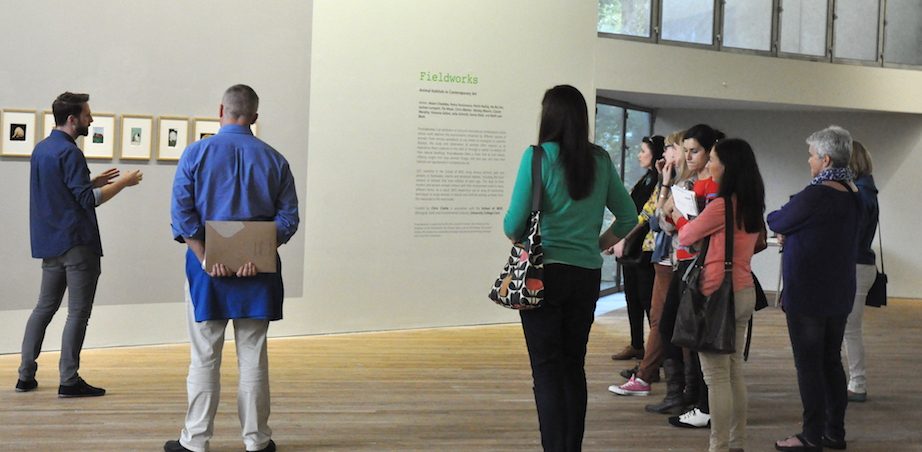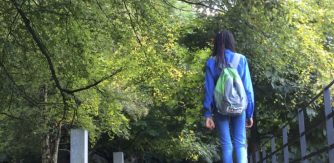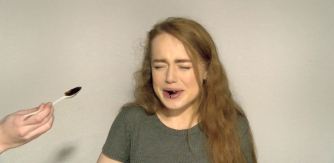Blog 3 – Tadhg Crowley, Curator of Education

Teachers Programme, Glucksman, Cork

Tadhg Crowley is the Curator of Education at the Glucksman in University College Cork. The Glucksman presents a wide-ranging programme of temporary exhibitions accompanied by an extensive education programme to engage visitors of diverse interests and backgrounds. A graduate of Limerick School of Art and Design Tadhg’s role at the Glucksman is to help foster an appreciation of the visual arts among the wider public. In early 2015 Tadhg devised and delivered the first Visual Art module on the Certificate in Contemporary Living Course at UCC. Tadhg has expanded the Glucksman schools programme over the past 3 years and in 2015 over 2500 students attended workshops and tours at the gallery. Tadhg introduced the Glucksman Teachers programme in 2014 and it now includes seasonal Art Teachers Masterclasses,Preview Evenings and Summer Course. Tadhg has recently presented at the IMA Annual Education and Outreach Forum and at the inaugural Arts in Education Portal National Day at IMMA. He has lectured on the MA: Art and Process programme at Crawford College of Art & Design as well as the Futures PhD module at University College Cork.
At the time when the Glucksman first began to incorporate projects and events for Primary School Teachers into its programme, there were a number of concepts that we sought to explore and that the teachers we engaged with challenged us to address. These ideas came to form the basis of the programmes that were designed and delivered in the subsequent months and years.
It is widely accepted that the visual arts can play a significant role in creating an innovative learning environment, but a pivotal question for the Glucksman team was, what can be done to improve the quality of arts learning opportunities for children in Ireland today and what is the role of the art museum in any initiative? Art museums provide exceptional art educational mechanisms and opportunities that include access to professional artists, introductions to various art making techniques, and the experience of seeing and understanding significant works of art but how could these resources best be utilized to improve art opportunities for children? At the Glucksman, we consistently see the positive impact that visual art has on young people, the opportunity to view an artwork up close without distraction and to begin to grasp an artist’s motivations can have a significant impression on a child’s mind. However, when children visit museums with their school or with their family it is not always on a frequent basis and this irregular exposure to art can mean that their appreciation and understanding is less than would be achieved through consistent interaction or through an enduring learning curve as can be achieved in a school environment.
The feedback we were getting from Primary School teachers was that increased pressure to allocate more time to the curriculum and in particular to the National Strategy to Improve Literacy and Numeracy, meant it was becoming increasingly difficult to dedicate time in the classroom to art making activities and art appreciation. Understanding the limited time available for arts in the classroom, we began to look at how the Glucksman could enable teachers to develop projects that combined elements of visual art with other strands of the curriculum such as math, science, language, history or SPHE. By continuing to focus on intrinsic areas of the curriculum, classroom routine and structure would not be negatively affected. Instead students learning could be enhanced through exciting creative processes and exposure to important visual artists and art movements.
This idea for an art integration approach was influenced by the Glucksmans exhibitions model. Exhibitions at the Glucksman draw on the research of University College Cork academic departments and professionals from across the four colleges of Arts, Celtic Studies and Social Science; Business and Law; Medicine and Health; and Science, Engineering and Food Science. One of the primary goals of the exhibitions is to emphasis the unique role of visual media in communicating knowledge and central to this is the creation of discursive relationships between academic disciplines and art practice. The Glucksman finds itself in a favourable position where, right on its doorstep, it can create dialogues and exchanges with researchers who are leaders in diverse and interesting fields. The value of bringing an extensive and authentic knowledge to particular themes and ideas leads to both comprehensive and sensitive visual investigations.
Leading contemporary artists are constantly using aspects of curriculum strands such as history, science and language studies as the subject matter for their creative practices. Many art movements lend themselves to understanding subjects such as math or science while historical artworks can allow children to better understand the world at a specific period in time. We believed that learning from these artists, artworks and art movements, teachers could begin to develop creative projects that would augment a student’s experience and understanding.
In 2015, the Glucksman ran its first summer course for Primary School Teachers based on the art integration model to overwhelmingly positive feedback. The course followed the three pedagogical approaches of Art Appreciation; Art Interaction; and Art Making. The morning sessions led by the curatorial team investigated artists, their artworks and how their practices could relate to curriculum strands. These sessions took place in the exhibition spaces and included lectures, talks, tours and discussions. The afternoon sessions invited teachers to work with professional artists on practical projects for the classroom.
This coming August will see the third iteration of the art integration summer course at the Glucksman. For more information on the Glucksman Teachers Programme please contact education@glucksman.org or visit glucksman.org


